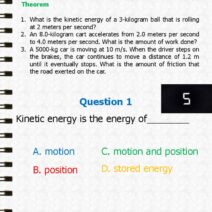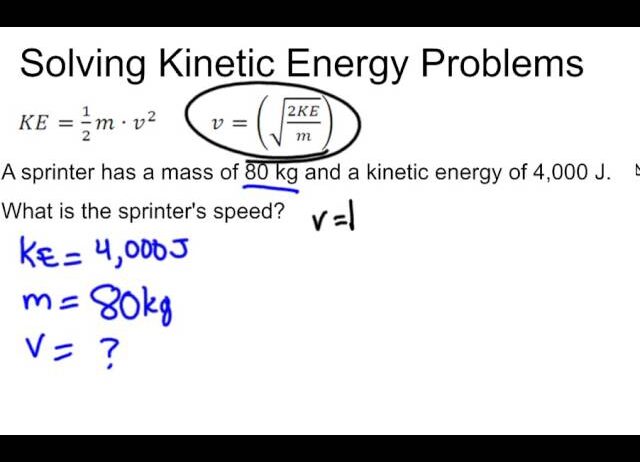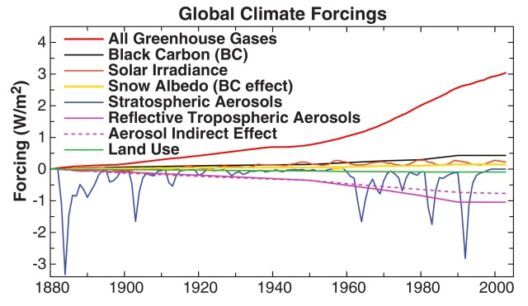When delving into the world of physics, particularly mechanics, the concept of kinetic energy might strike a familiar chord. Defined as the energy an object possesses due to its motion, kinetic energy (KE) traditionally adheres to the equation KE = ½ mv², where ‘m’ is mass and ‘v’ is velocity. Yet, one intriguing facet of reality persists—what happens when kinetic energy isn’t conserved? This raises significant questions about velocity determination, necessitating an insightful exploration of the principles at play.
Understanding the nuances of kinetic energy conservation unveils the multifaceted landscape of systems and interactions. In an isolated system, where external forces are absent, kinetic energy typically remains invariant. However, in real-world scenarios—think of collisions, energy transfers, or dissipative forces—energy conservation may not stand firm. Here, the search for velocity becomes more complex yet fascinating.
To begin with, recognizing the scenarios in which kinetic energy is not conserved is paramount. Collisions, for instance, can be categorized as elastic or inelastic. In elastic collisions, kinetic energy pre- and post-collision remains constant; conversely, inelastic collisions result in a loss of kinetic energy, often transformed into other energy forms, such as heat or sound. This fundamental differentiation sets the stage for comprehending how to calculate velocity under varying conditions.
In situations where kinetic energy does not hold constant, employing the work-energy theorem becomes prudent. This theorem articulates that the work done on an object by external forces equates to the change in kinetic energy of that object. Mathematically, it can be articulated as:
W = ΔKE = KE_final – KE_initial
Where W is the work done, and ΔKE reflects the alteration in kinetic energy. By integrating this equation, one unravels the pathway to determine final velocity in a non-conservative system, enabling the calculation to be completed.
Consider an illustrative example. Imagine a block sliding down a frictional incline. Here, kinetic energy is partially converted to thermal energy due to friction. To find the block’s final velocity at the base, you can use the work-energy principle. Calculate the work done against friction—this necessitates knowing the coefficient of friction and the distance traveled down the incline. The work done in this scenario is negative because it opposes the motion. If one then resolves the equation to find the final kinetic energy after accounting for this work done, the velocities can be deduced from the energy equation.
Additionally, in complex systems where multiple forces interact, a thorough application of Newton’s laws may be warranted. When external forces are introduced, such as gravitational pulls or applied forces, an understanding of acceleration becomes vital. By calculating the net force exerted on an object and thus its resultant acceleration, the velocity can subsequently be insinuated through kinematic equations. These equations nicely illustrate relationships among distance, velocity, acceleration, and time, providing an invaluable toolkit for navigating such scenarios.
Transitioning into the realms of more exotic interactions, consider instances like explosions or other sudden energy releases that significantly complicate velocity determination. Such occurrences lead to fragmented trajectories, where objects may be propelled in various directions with varying velocities. Conservation of momentum becomes a guiding principle: the total momentum before an explosion matches the total momentum afterward, helping in deducing each fragment’s velocity post-event. This understanding is not just a theoretical exercise; it applies to real-world engineering and safety assessments.
Moreover, dissipative forces—such as air resistance or drag—must be factored in for precision in real-life applications. These forces invariably decrease kinetic energy, affecting velocity. Consequently, establishing the relationship between kinetic energy loss due to drag and its impact on velocity is critical. In such contexts, one often incorporates drag coefficients, surface area, and velocity into differential equations that emperate the velocity decay under resistance.
Furthermore, contemplating non-linear dynamics introduces yet another level of complexity. Systems exhibiting chaotic behavior can yield outcomes that appear random yet follow the underlying physics principles governing energy transformations. In these cases, advanced mathematical modeling, potentially involving computational simulations, may become necessary. This brings forth a rich investigatory horizon, merging physics with computational science to unlock hidden velocity relationships.
Equally vital is one’s approach to experimental verification in understanding kinetic energy and velocity interplay. Empirical methods offer a practical avenue for testing theoretical musings. By designing experiments that account for varying degrees of energy conservation, one can meticulously measure both energy and velocity, thus crafting a cohesive narrative of observational physics.
Ultimately, the quest to determine velocity when kinetic energy is not conserved invites a rethinking of fundamental concepts. The relationship between energy and motion unveils itself through dynamic interactions, forcing a reconsideration of what we generally accept as straightforward. Understanding the governing laws of motion, energy transformations, and external influences like forces and dissipative phenomena is crucial. The intricacies involved are as riveting as they are pivotal; discerning them not only contains the potential to solve theoretical conundrums but also paves the way for advancements in technology and engineering.
In the grand tapestry of physics, the ability to navigate a landscape where kinetic energy is not conserved enriches one’s comprehension of motion and energy. This knowledge holds tremendous promise not merely for academic pursuits but equally for practical applications across various fields—from renewable energy innovations to designing safer vehicles. Such explorations challenge existing paradigms and inspire future explorations, inviting us all to engage with the fundamental principles of our dynamic universe.








